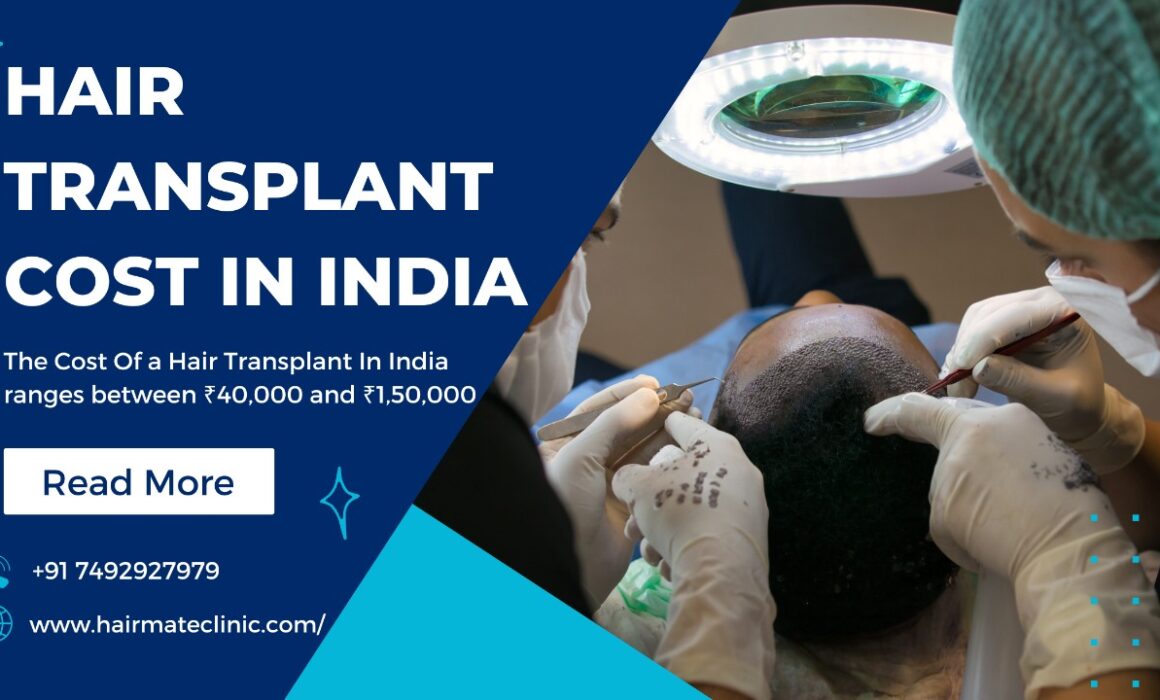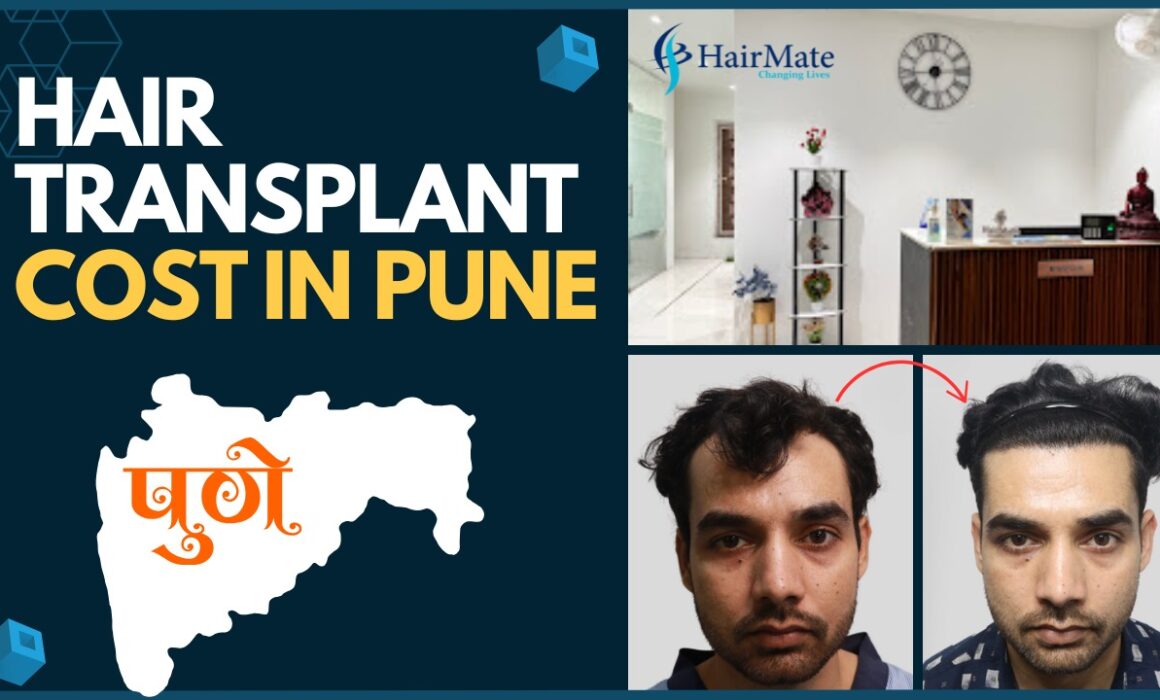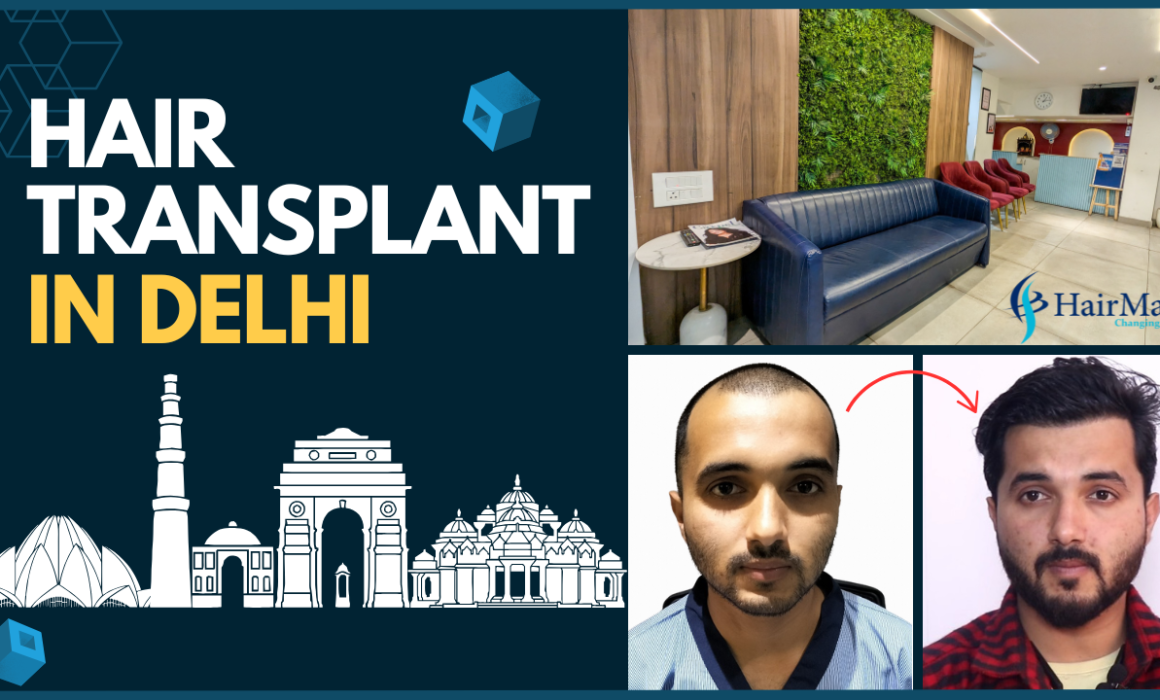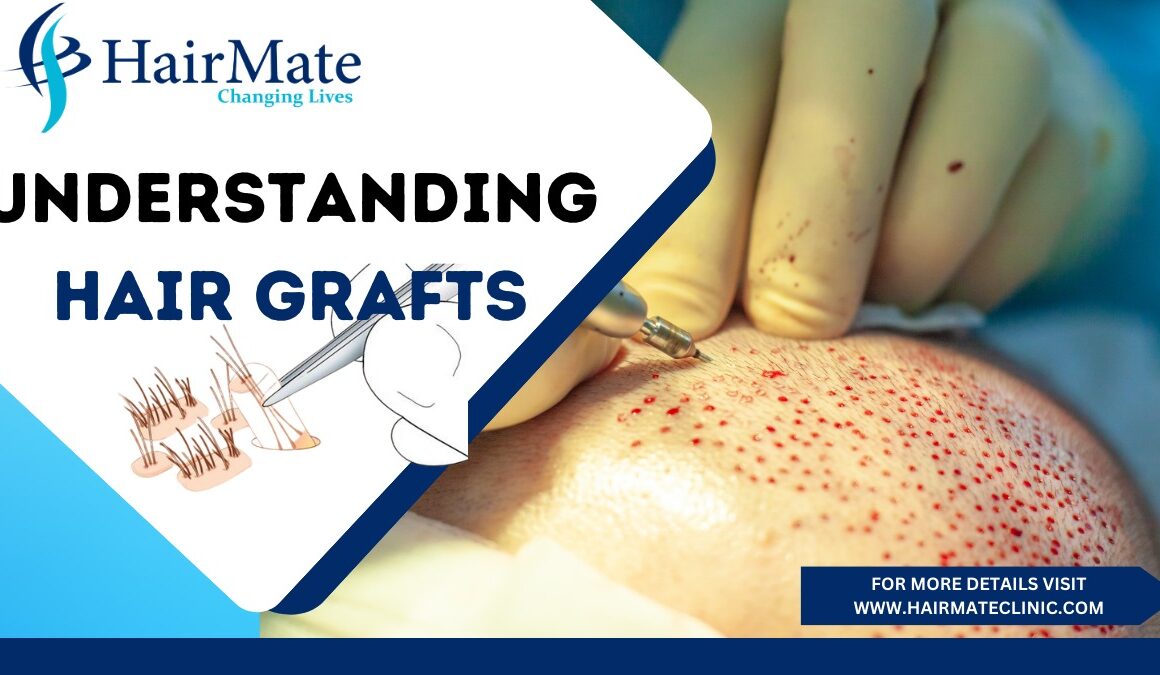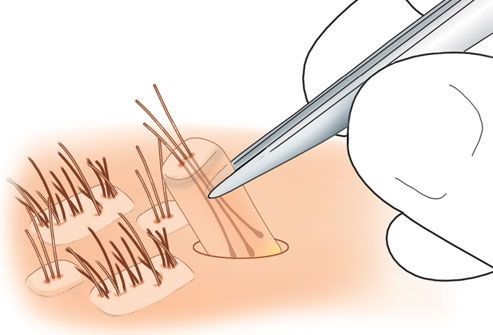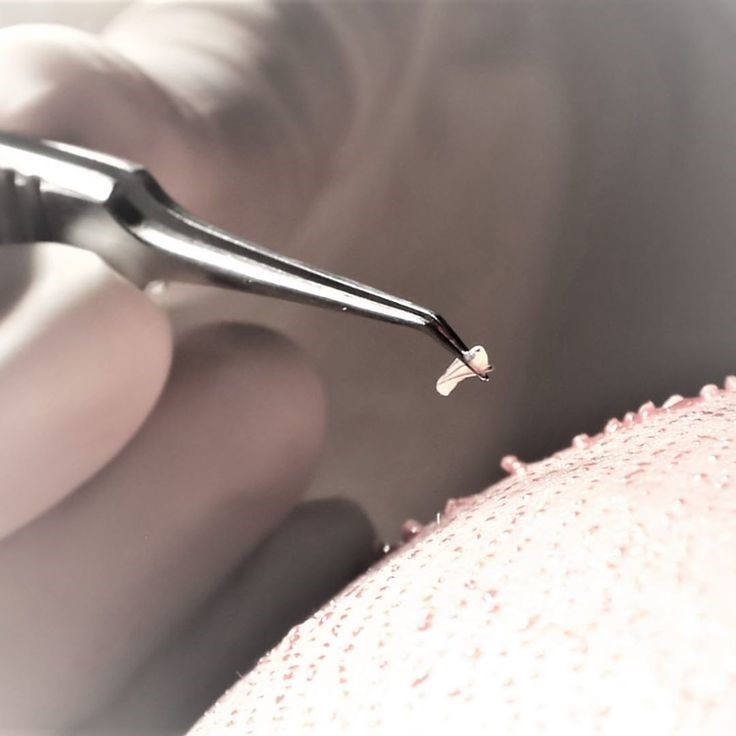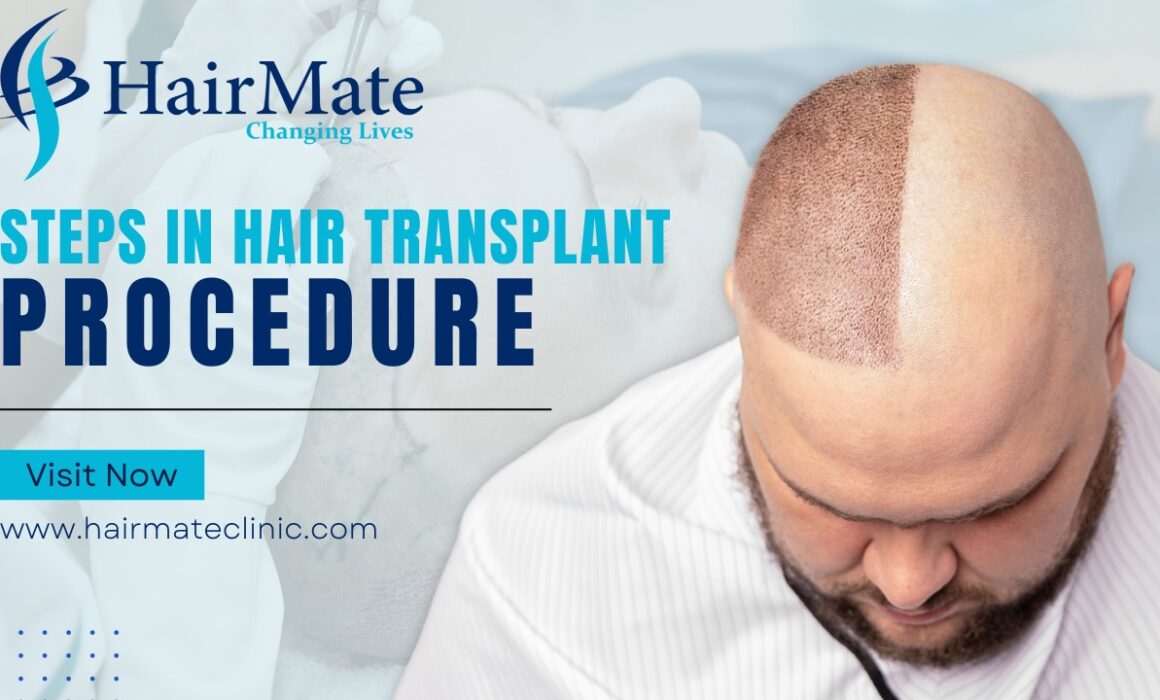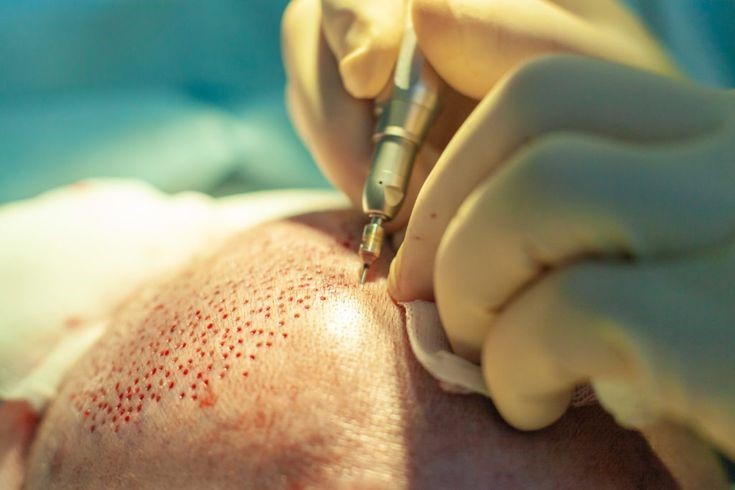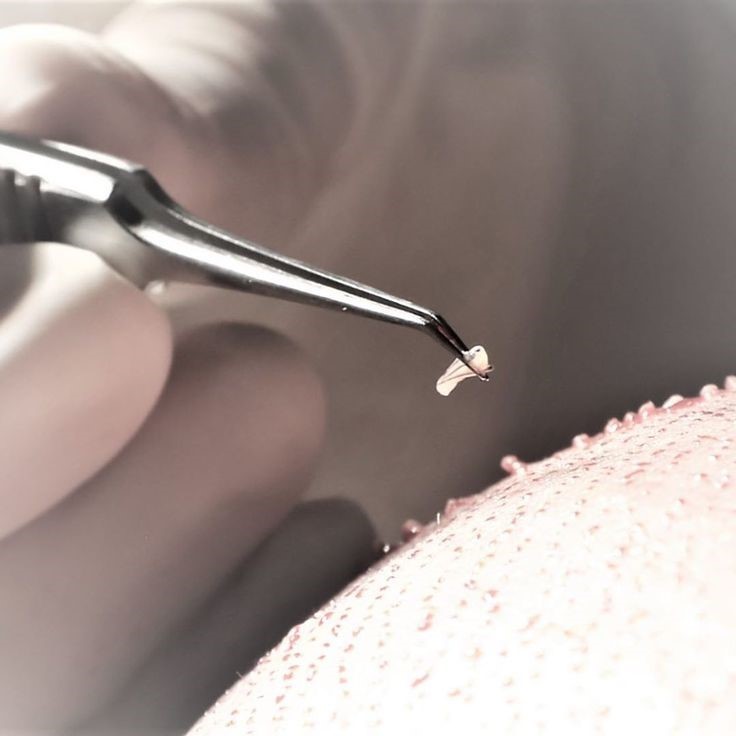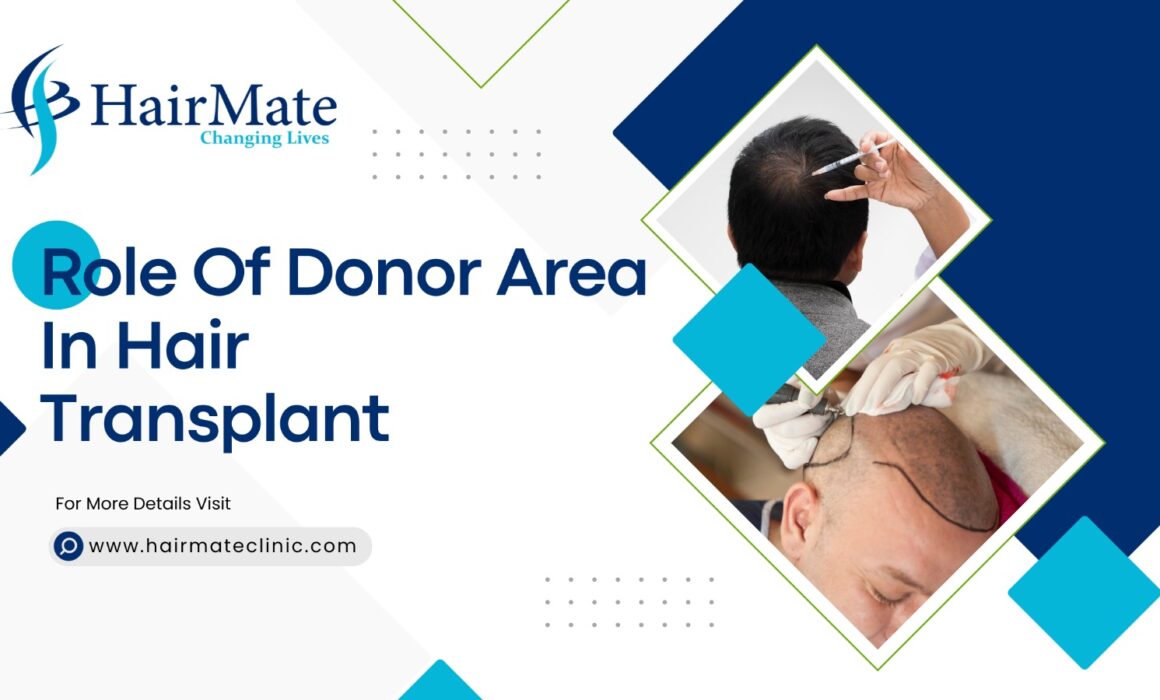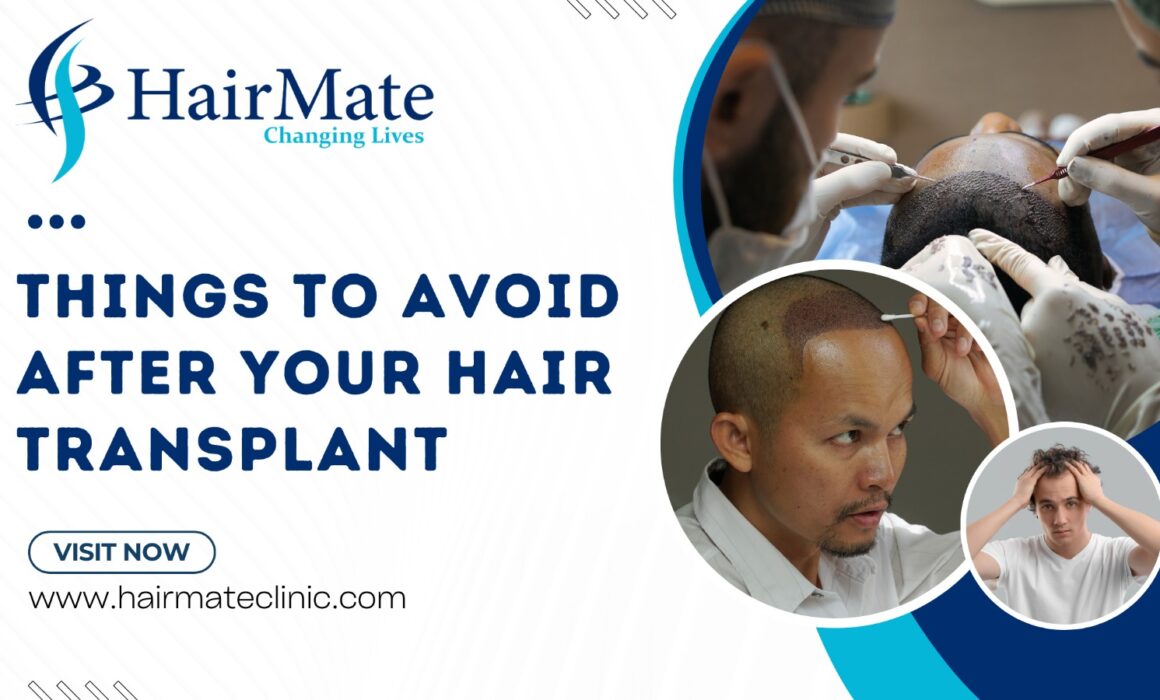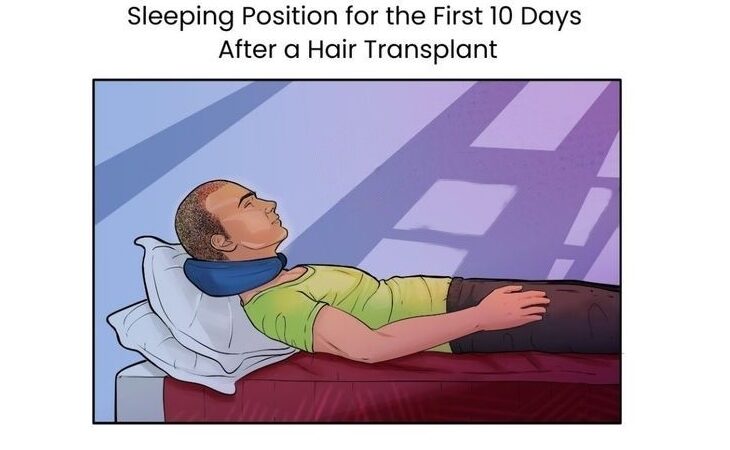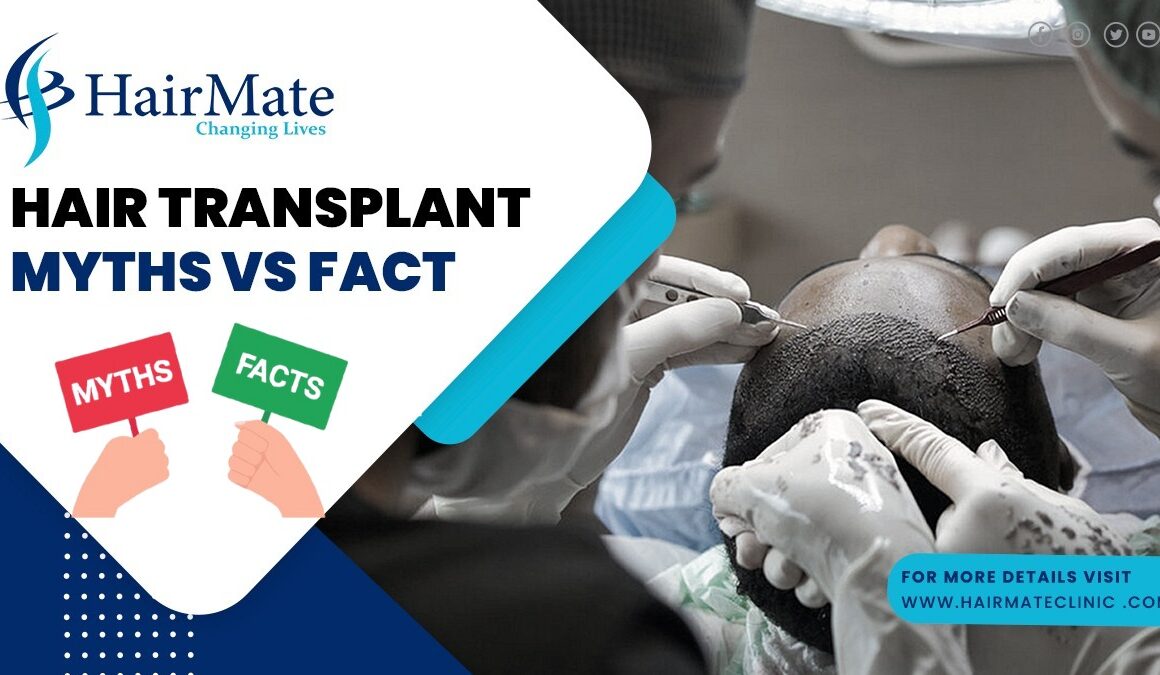Hair Transplant Cost In India
What is the Hair Transplant Cost in India?
The Cost Of a Hair Transplant In India ranges between ₹40,000 and ₹1,50,000, making it a much more affordable option compared to other countries. The price depends on factors like the procedure, location, and clinic. As per-graft basis, the Hair Transplant cost in India is usually between ₹25 and ₹120, making India a popular choice for people looking for affordable hair transplant options.
Graft-Wise Price Table
Number of Grafts | Estimated Cost Range (₹) |
1,500 Grafts | Min – ₹30,000 to Max- ₹1,20,000 |
2,000 Grafts | Min – ₹40,000 to Max-₹1,60,000 |
3,000 Grafts | Min -₹60,000 to Max-₹2,40,000 |
4,000 Grafts | Min – ₹80,000 to Max- ₹3,20,000 |
4,000+ Grafts | Consult Your Doctor |
Note: Prices can vary depending on the clinic and additional services included in the package.
By these calculations we can understand that,
- The 1500 grafts hair transplant cost in India typically ranges between Rs. 30,000 to Rs. 2,40,000. However, it’s important to note that the final price can only be determined after a thorough examination by the hair restoration professional.
- The 2000 grafts hair transplant cost in India typically ranges between Rs. 40,000 to Rs. 1,60,000. However, it’s important to note that the final price can only be determined after a thorough examination by the hair restoration professional.
- The 3000 grafts hair transplant cost in India typically ranges between Rs. 60,000 to Rs. 2,40,000. However, it’s important to note that the final price can only be determined after a thorough examination by the hair restoration professional.
- The 4000 grafts hair transplant cost in India typically ranges between Rs. 80,000 to Rs. 3,20,000. However, it’s important to note that the final price can only be determined after a thorough examination by the hair restoration professional.
Why Choose Hair Transplant in India?
Hair Transplant In India is a top choice due to its affordable pricing, internationally trained surgeons, and advanced techniques. With high success rates and a great medical tourism infrastructure, patients enjoy exceptional care and natural results at a fraction of global costs.
1. Cost-Effective Treatment
- Affordable Pricing: Hair transplants in India cost significantly less than in countries like the USA, UK, or Turkey, often ranging between $800 to $2,500, depending on the method and clinic.
- Value for Money: Despite the lower costs, the quality of care and results are often on par with international standards.
2. Highly Qualified Surgeons
- Experienced Professionals: India boasts some of the world’s most skilled and certified hair transplant surgeons.
- International Training: Many doctors have international exposure, ensuring up-to-date practices and techniques.
3. Advanced Technology
Clinics in India use state-of-the-art equipment and modern techniques like:
- FUE (Follicular Unit Extraction): Less invasive with quicker recovery.
- Robotic Hair Transplants: For precise and efficient graft placement.
4. High Success Rates
- Natural Results: Indian clinics focus on achieving natural-looking hairlines and dense hair growth.
- Proven Outcomes: Many patients report long-lasting results, backed by testimonials and before-and-after case studies.
5. Medical Tourism Infrastructure
- Ease of Access: Major Indian cities like Delhi, Mumbai, Bangalore, and Chennai are hubs for medical tourism.
- Comprehensive Packages: Clinics often provide all-inclusive packages covering consultation, procedure, post-op care, accommodation, and even sightseeing.
6. Personalized Care
Indian clinics emphasize patient-centric care with:
- Detailed consultations to understand individual needs. Post-procedure support to ensure smooth recovery.
7. Cultural and Wellness Attractions
- Recovery in a Rich Culture: Combining treatment with a visit to India’s heritage sites, serene retreats, or Ayurvedic wellness centers makes the experience holistic and enriching.
Factors Affecting Hair Transplant Cost
The cost of a hair transplant can vary depending on several key factors. Here are the factors influencing hair transplant costs:
1. Type of Hair Transplant Procedure
The technique used plays a significant role in determining the overall cost:
- FUE (Follicular Unit Extraction): Typically more expensive due to its precision and minimally invasive nature.
- DHI (Direct Hair Implantation): Costs more than FUE as it uses advanced tools for implantation.
2. Number of Grafts Required
The number of grafts directly impacts the cost, as each graft represents an individual hair follicle extracted and transplanted. More hair loss areas require a higher number of grafts, increasing the price.
3. Surgeonʼs Expertise
Highly experienced surgeons with international training or a strong reputation may charge a premium for their services. Their skill level often ensures better results, which can justify the higher cost.
4. Advanced Technology and Tools
The use of cutting-edge tools, can increase costs but may lead to better precision and faster recovery times.
6. Pre-Operative and Post-Operative Care
The cost often includes additional services like:
- Initial consultations and pre-surgery tests.
- Post-operative care, such as medications, shampoos, and follow-up visits.
Understanding these factors can help you plan your budget and choose a clinic that meets your expectations for both price and quality.
Why Choose Hairmate Clinic In India?
Hairmate Clinic stands out as a trusted name for hair transplant, offering:
- Highly experienced surgeons with years of expertise.
- Advanced techniques for natural-looking results.
- Affordable pricing without compromising quality.
- Excellent post-procedure care to ensure long-lasting results.
Conclusion
Hair transplant costs in India vary based on the city, clinic, and individual needs. Kolkata offers affordability, Delhi ensures advanced care, and Pune provides a balance of cost and quality.
Hairmate Clinic brings together the best of expertise and affordability, making it an ideal choice for your hair restoration journey. Consult with a specialist to determine the best approach for your needs and reclaim your confidence today!
Choose Hairmate Clinic to reclaim your confidence and enjoy your new transplanted look! 💫
To book your appointment Call/WhatsApp us on: +91 7492927979
